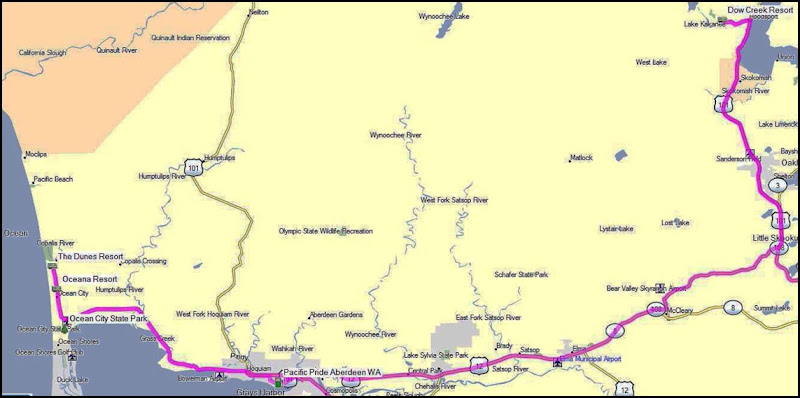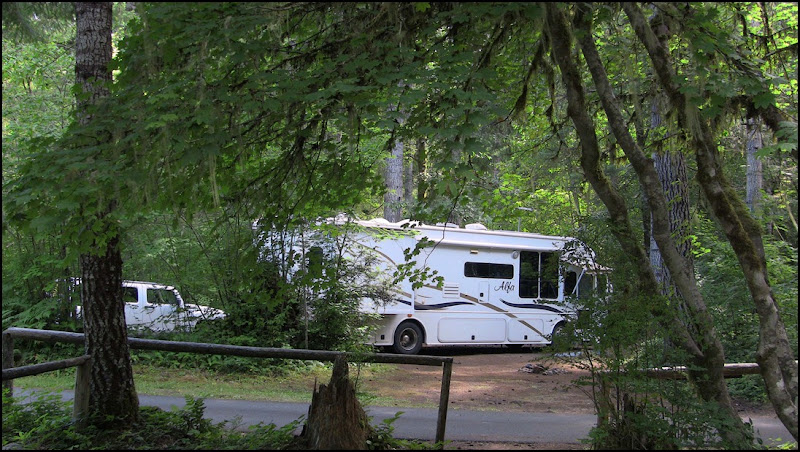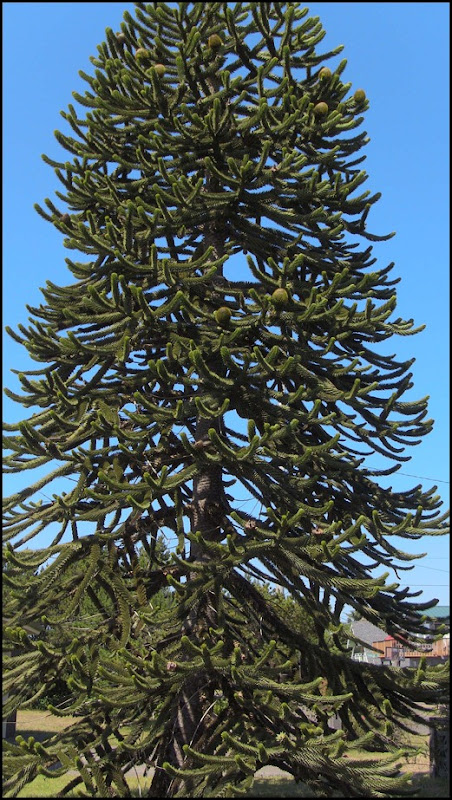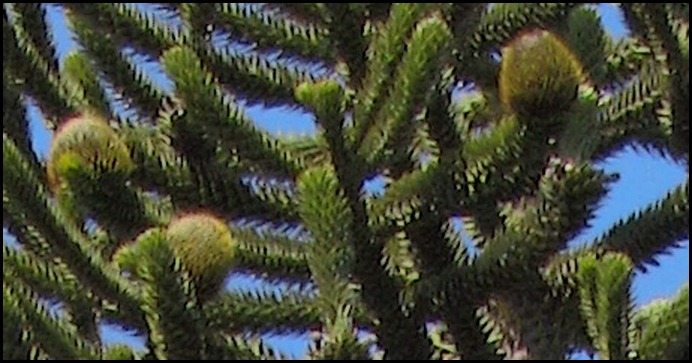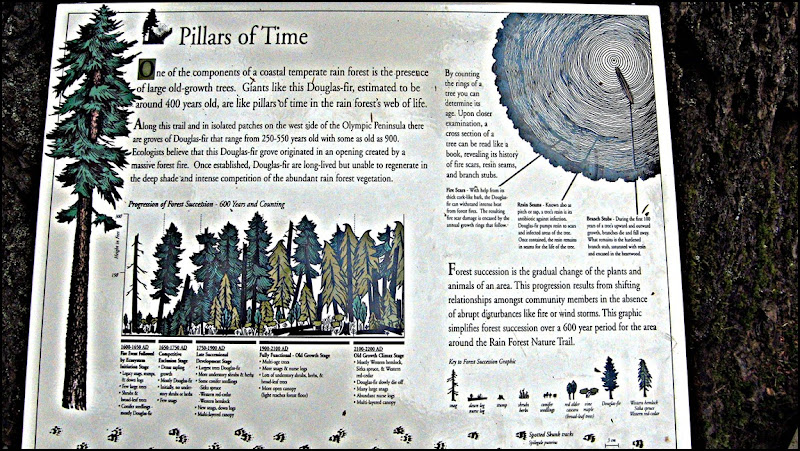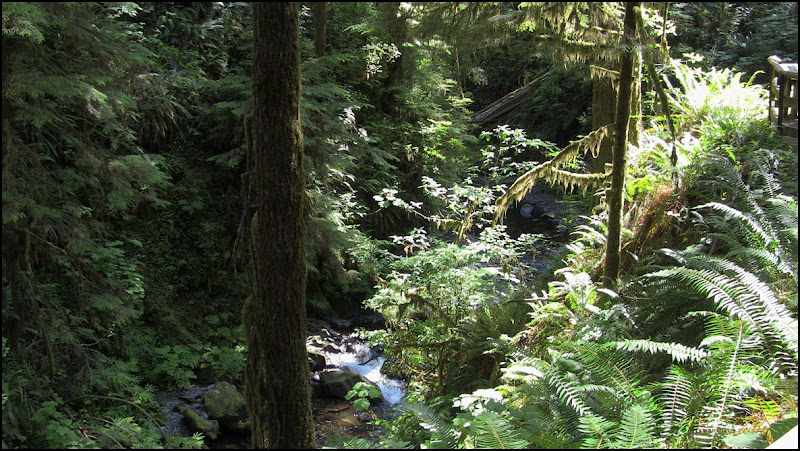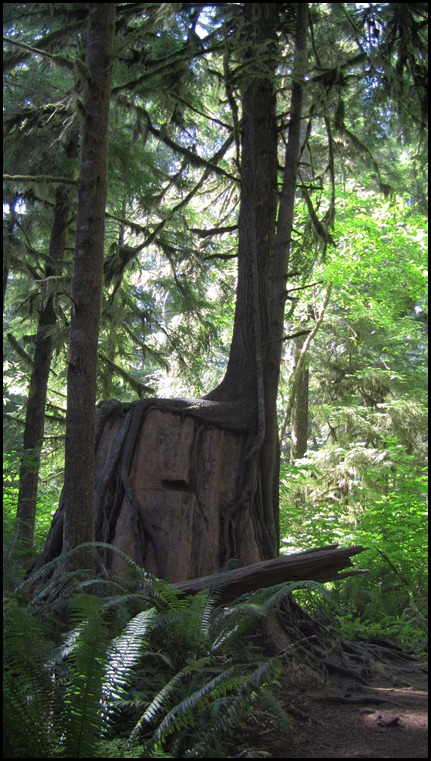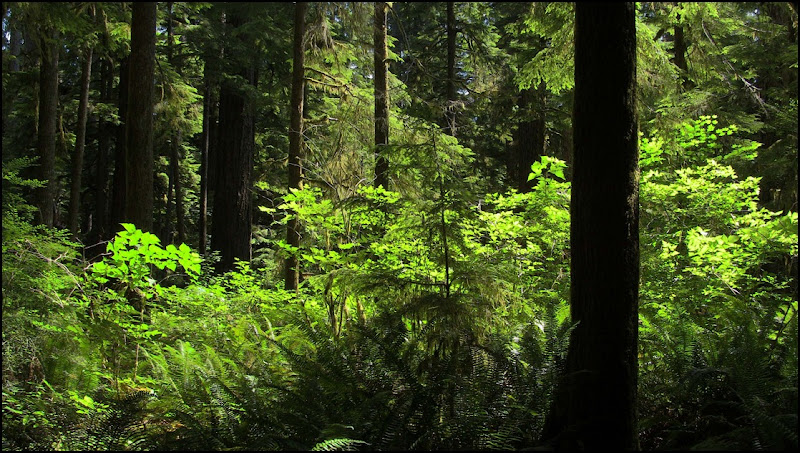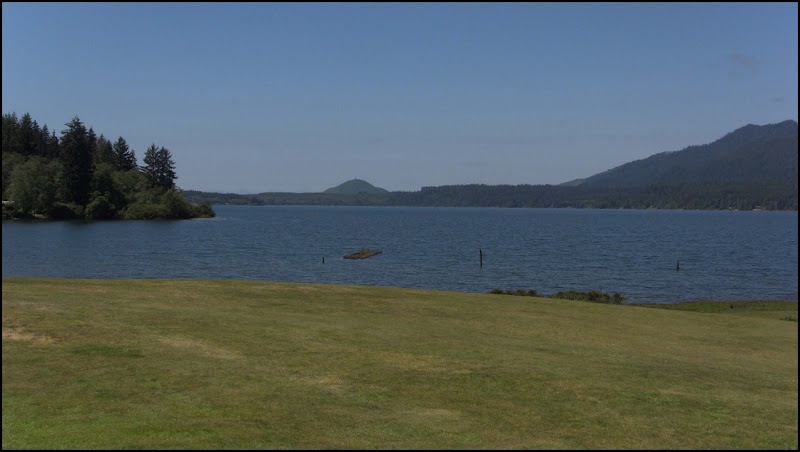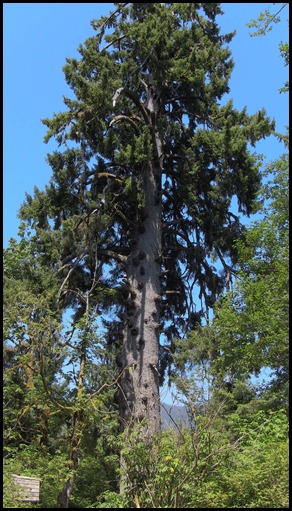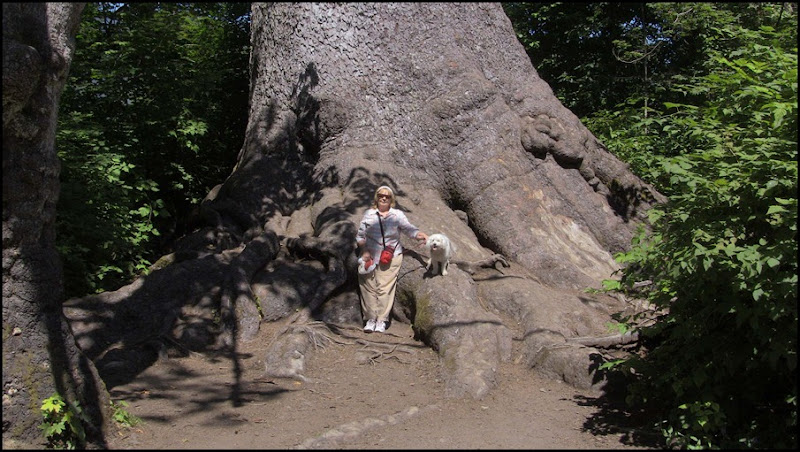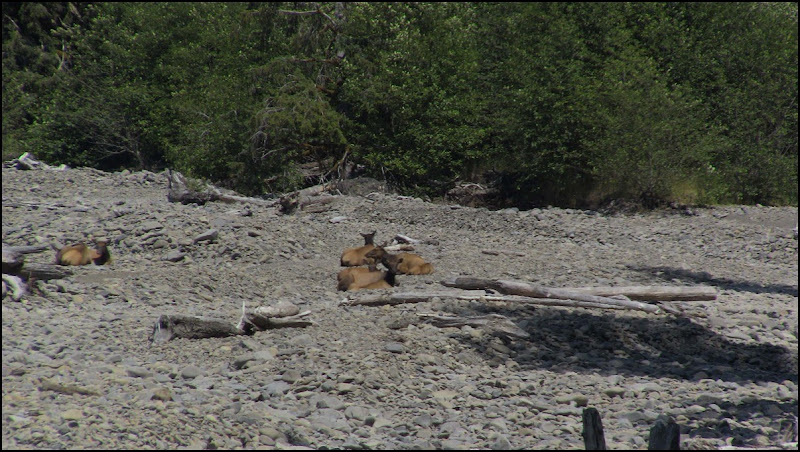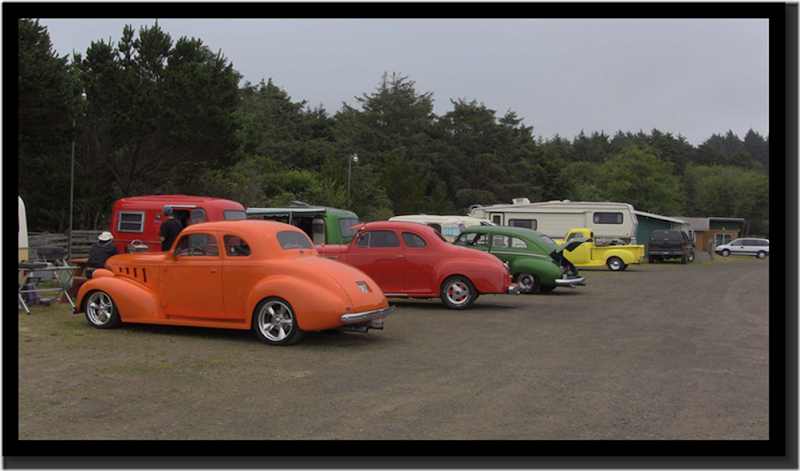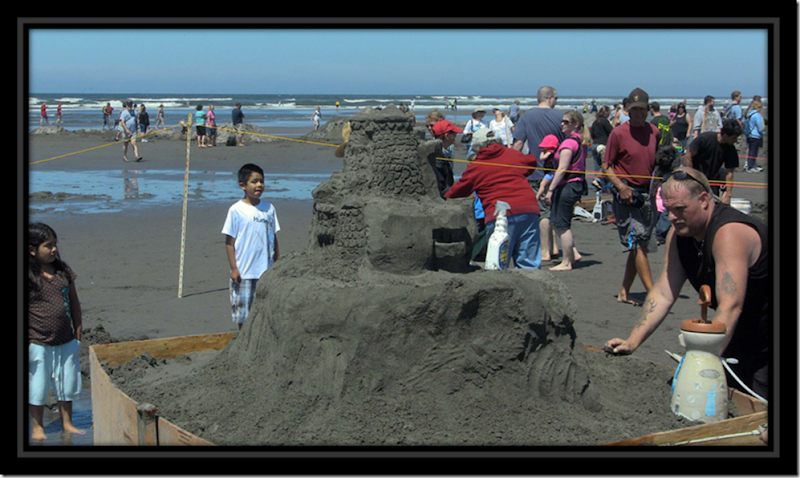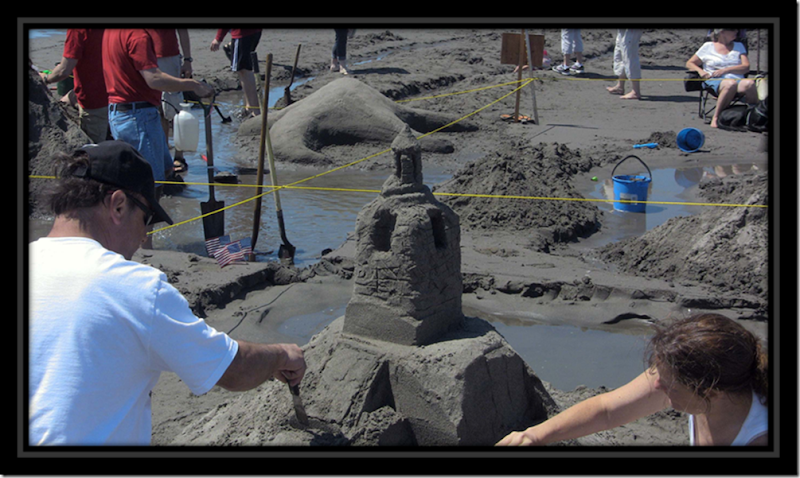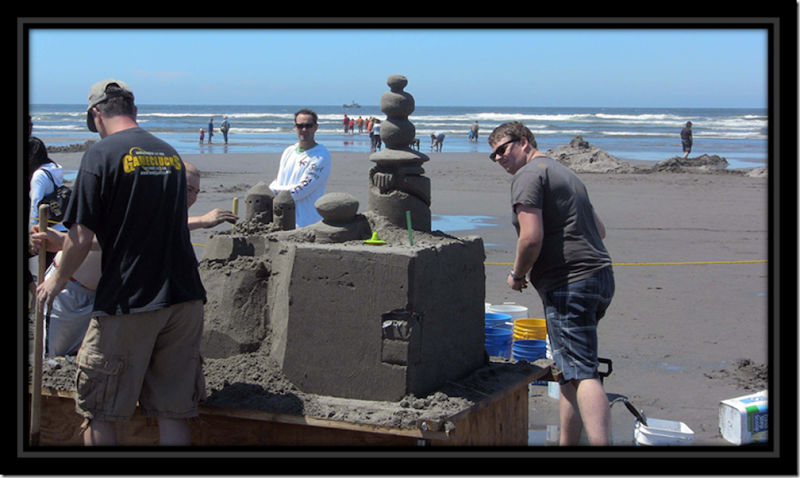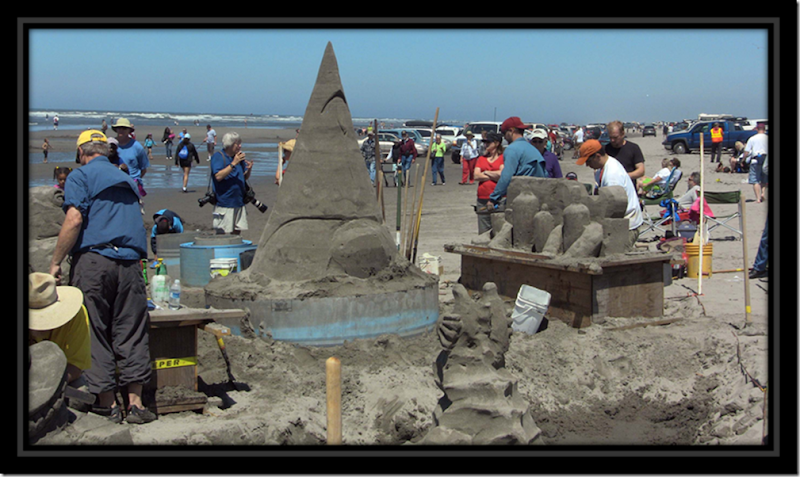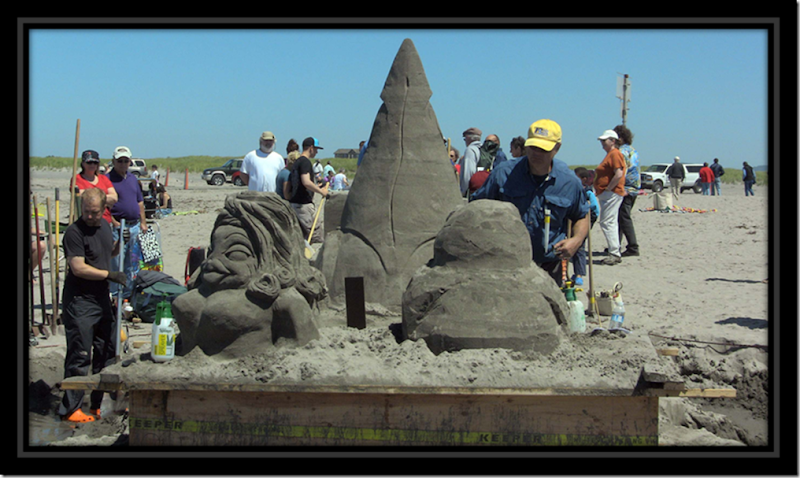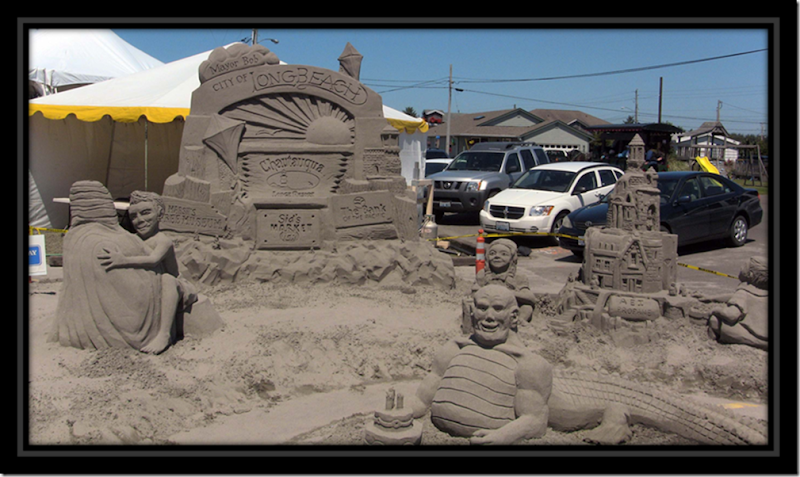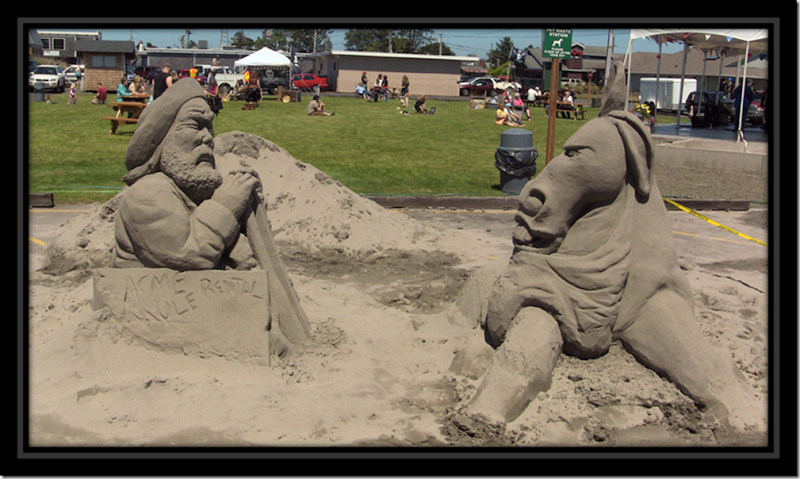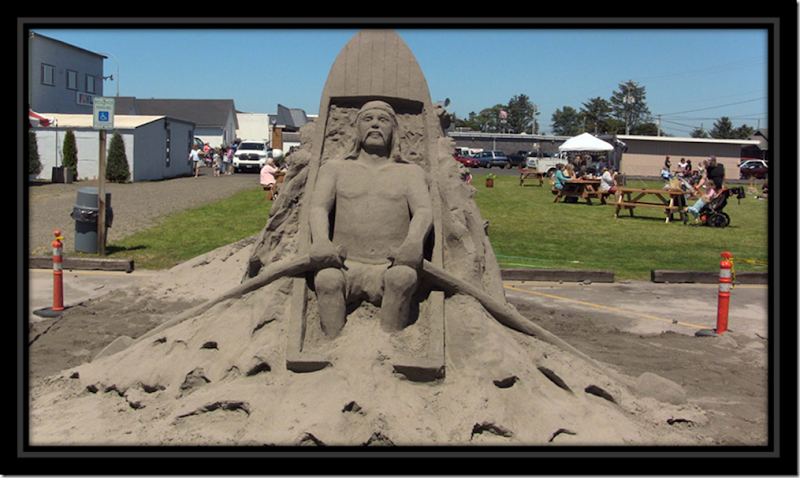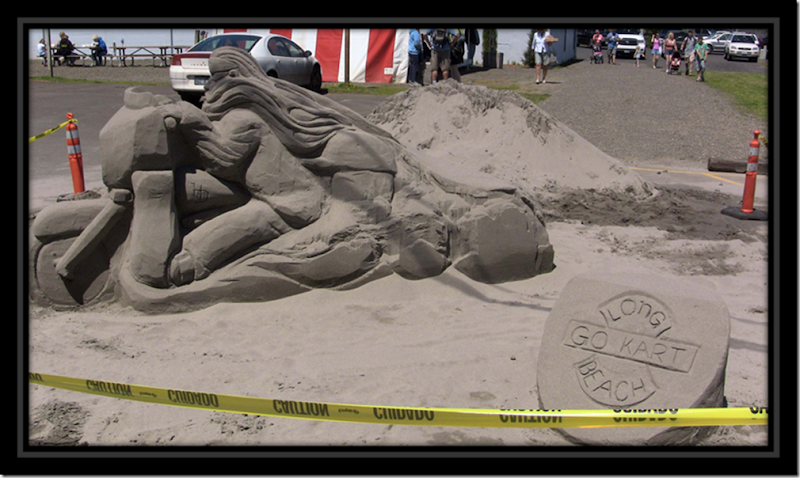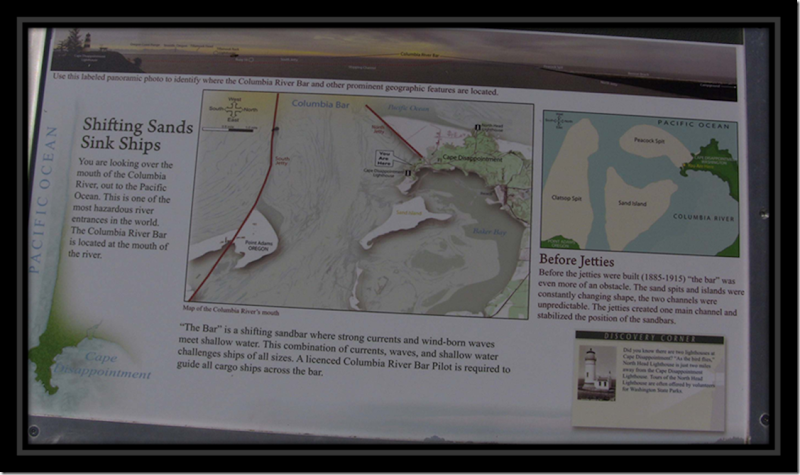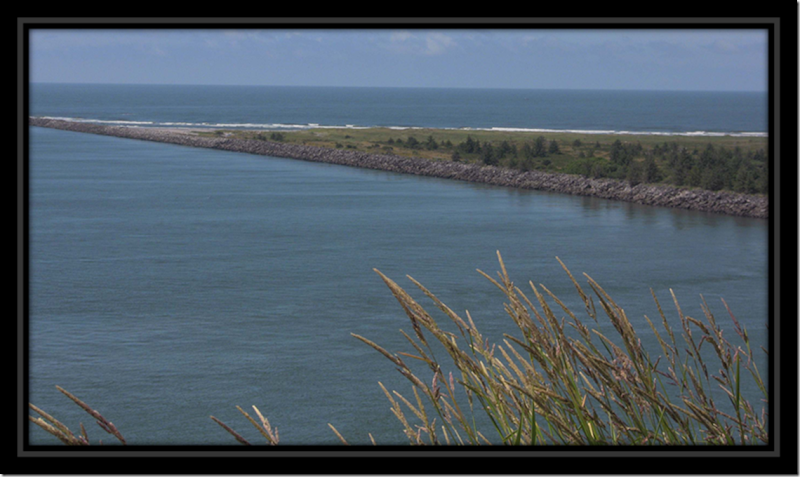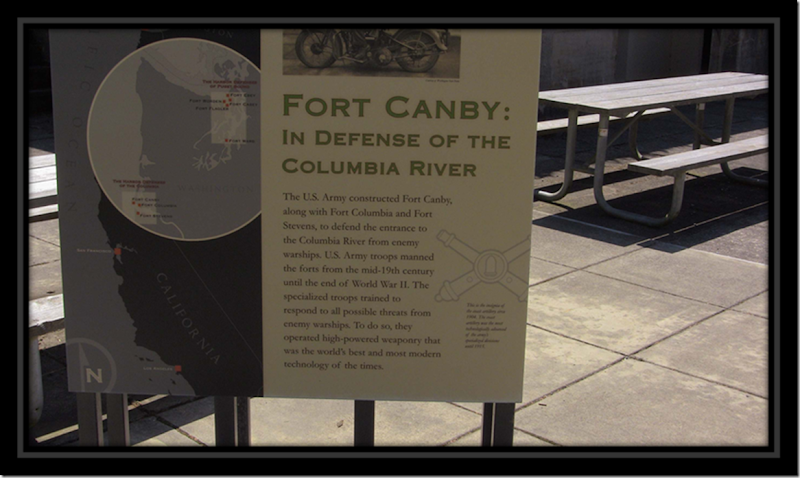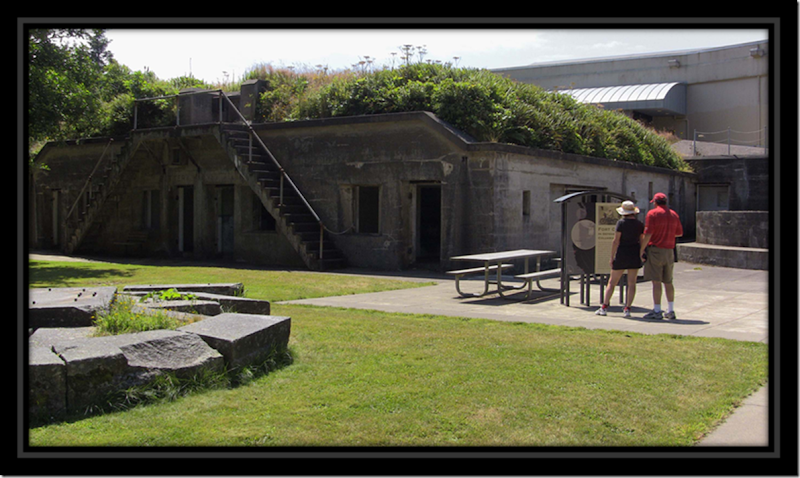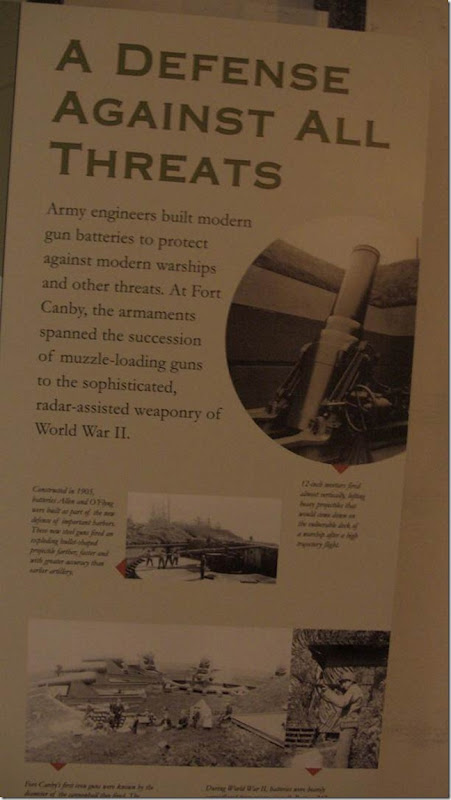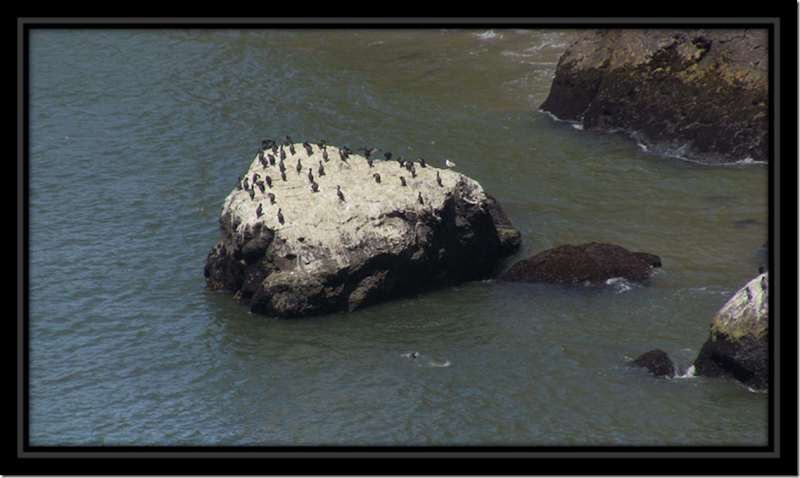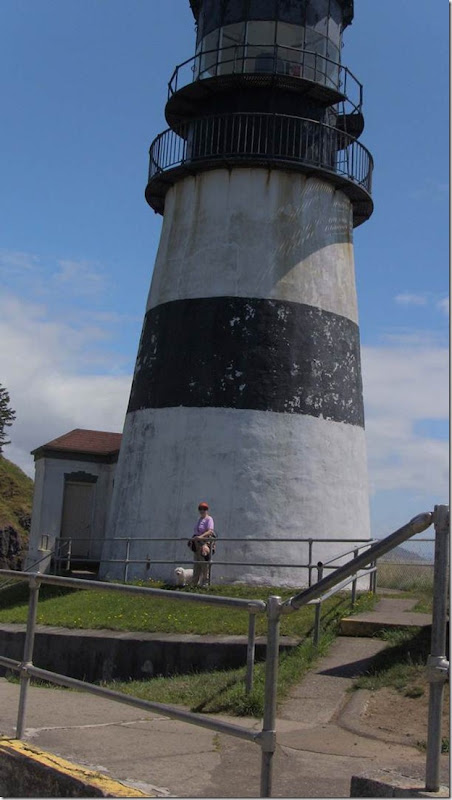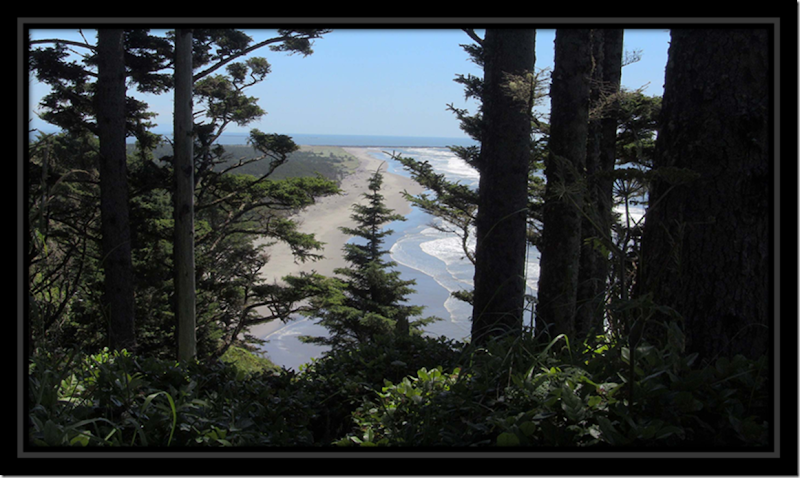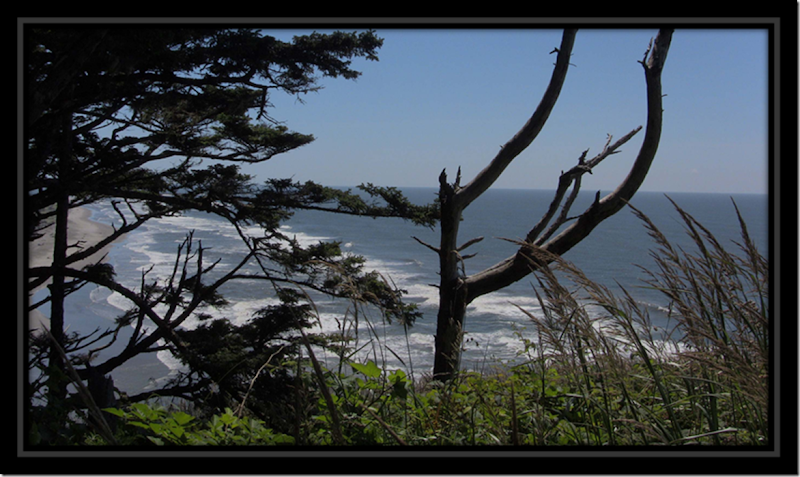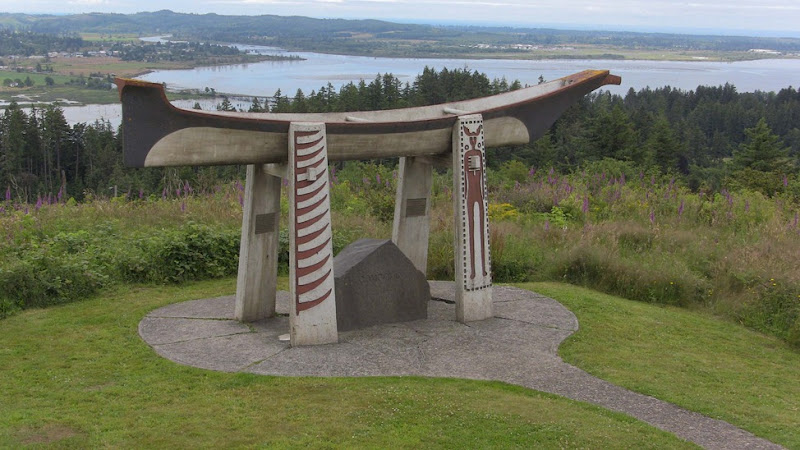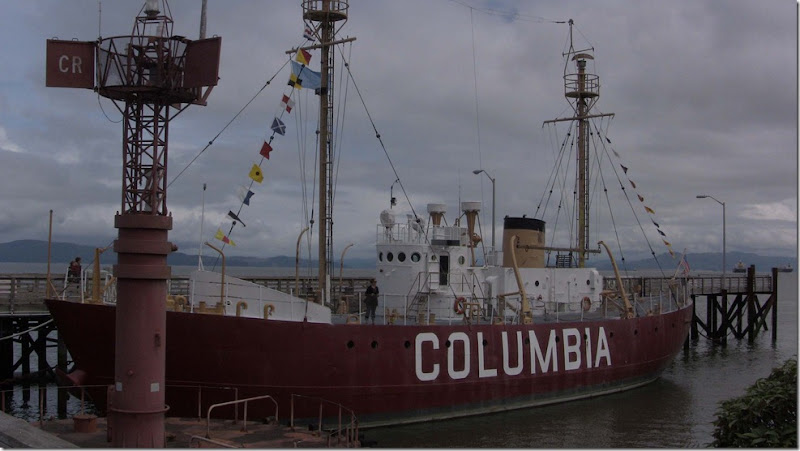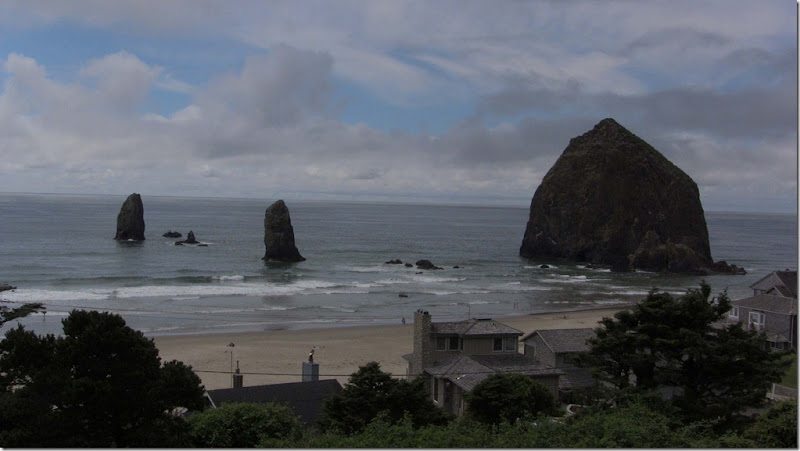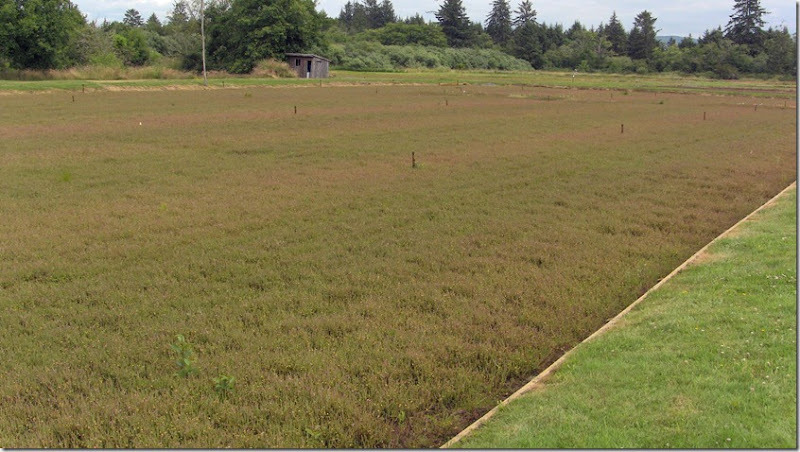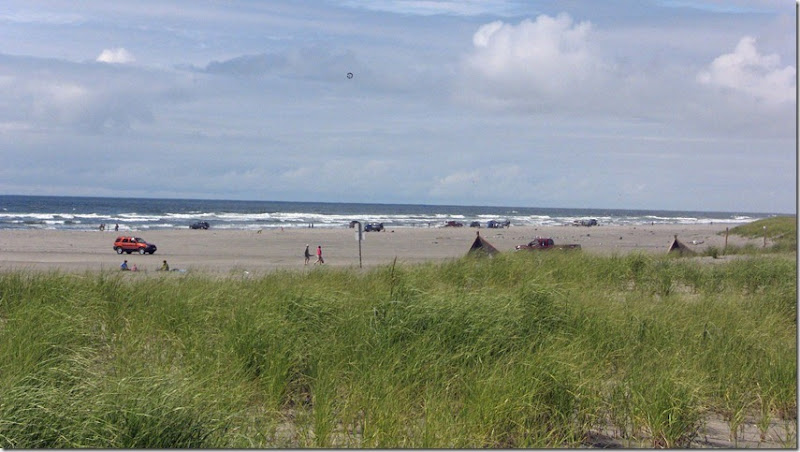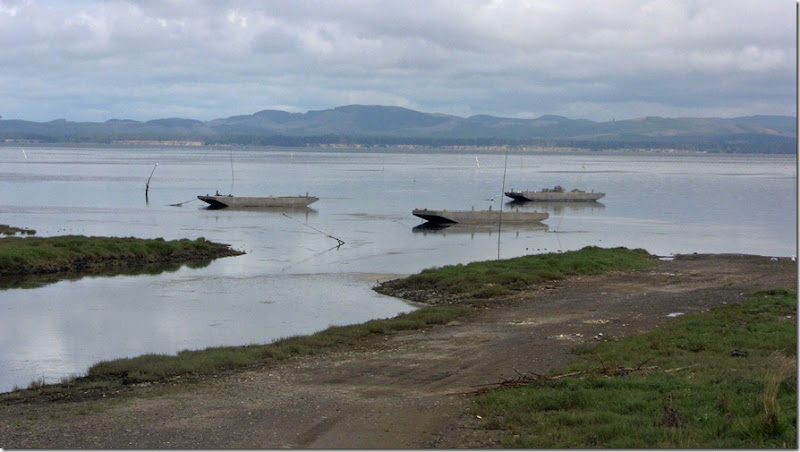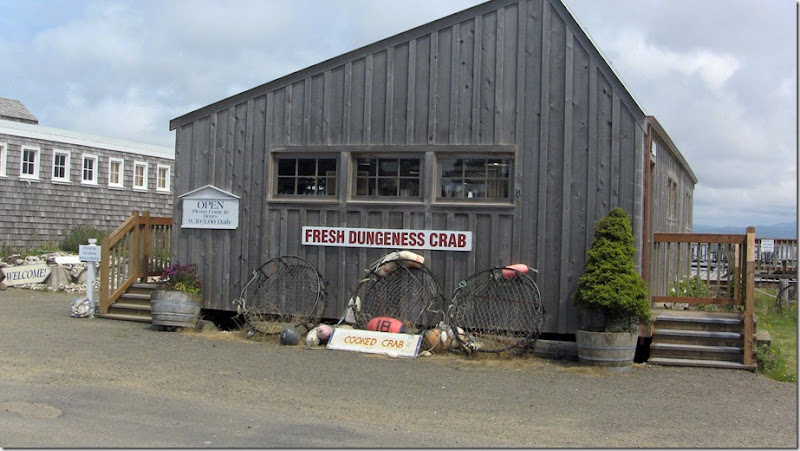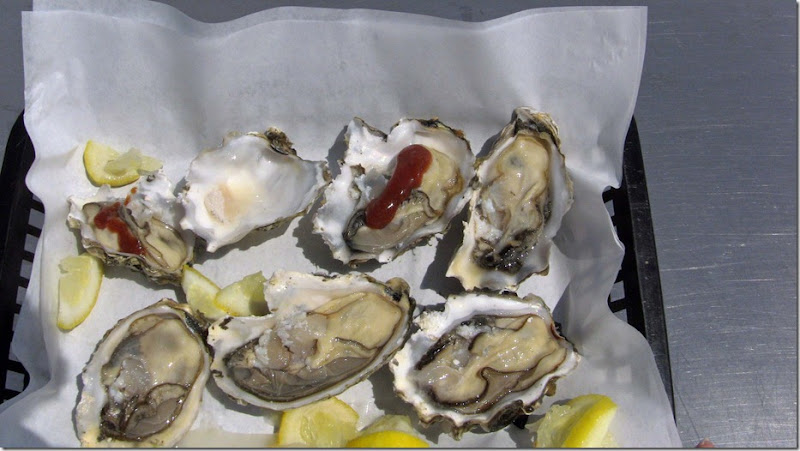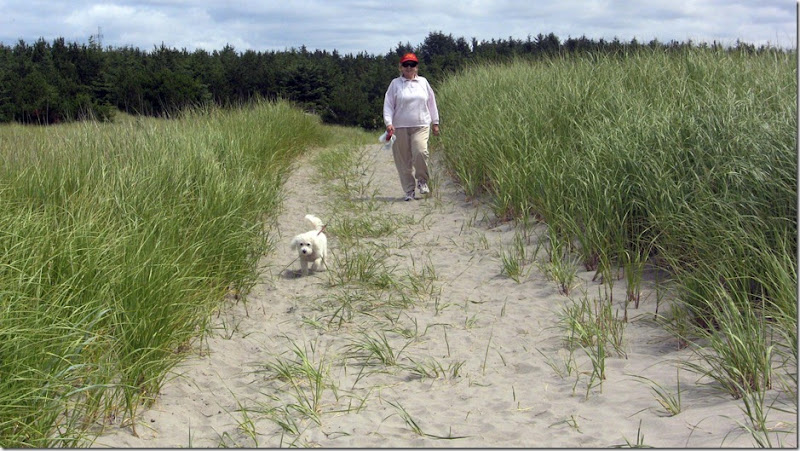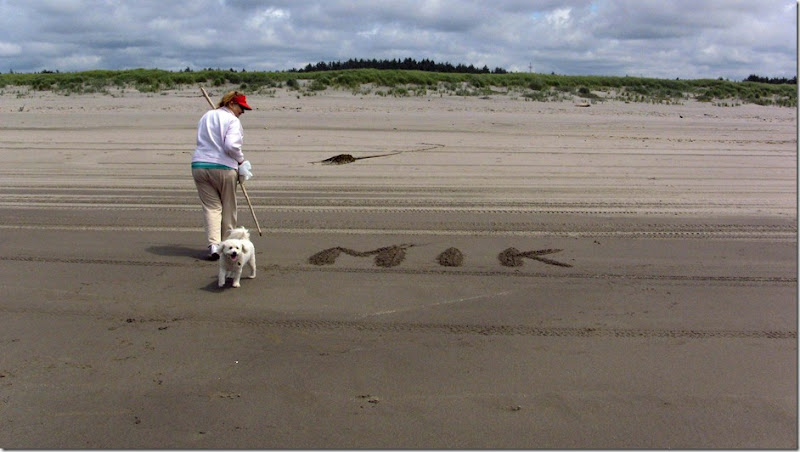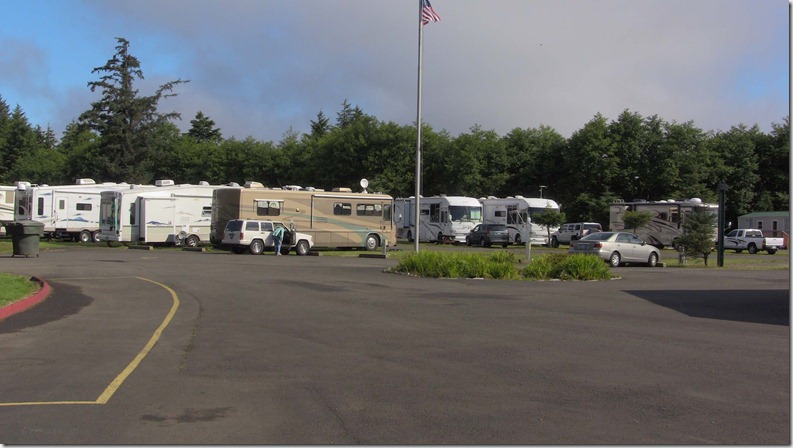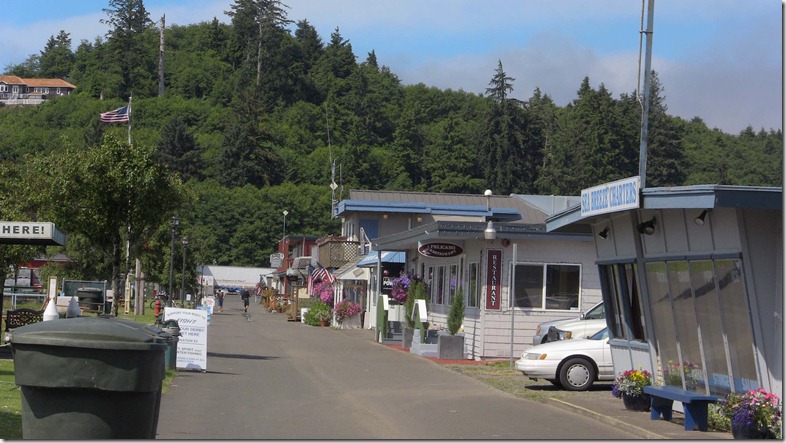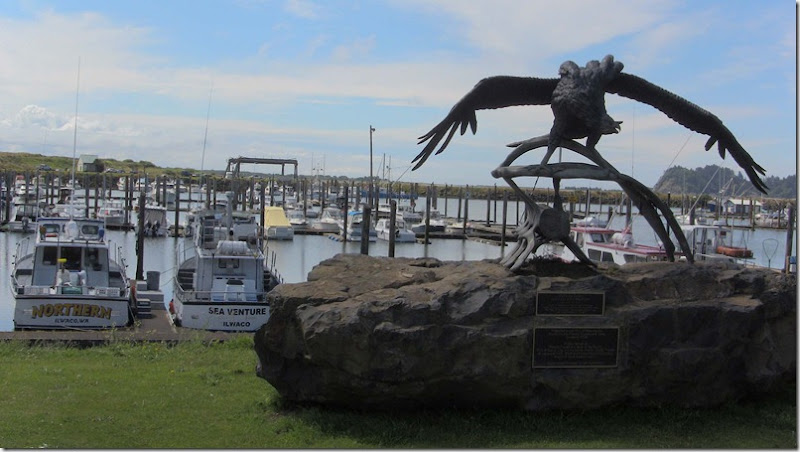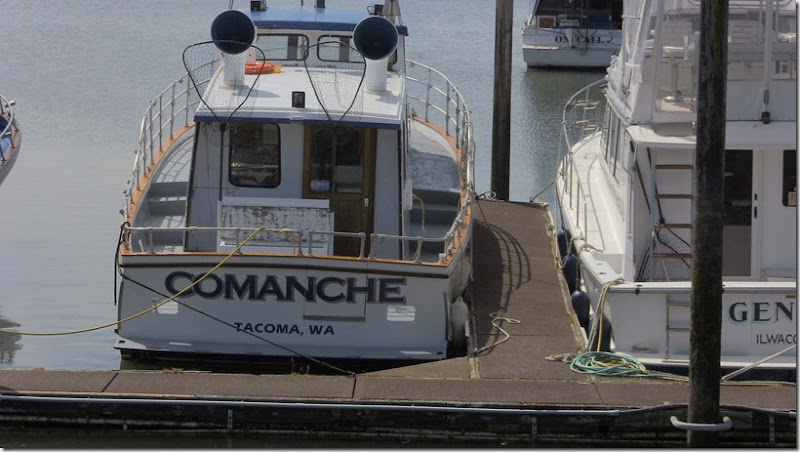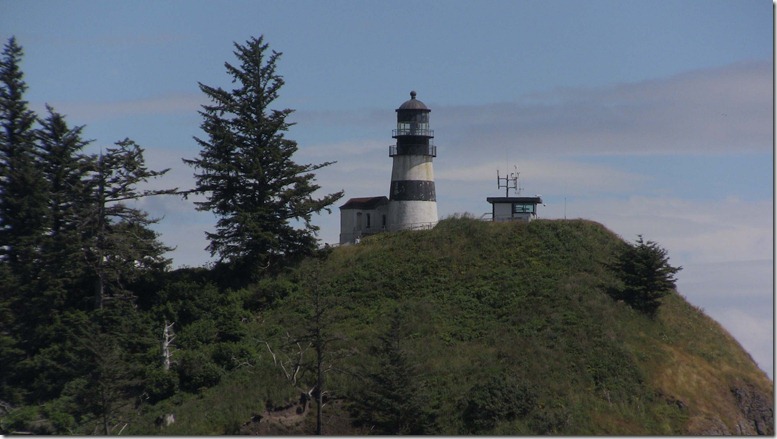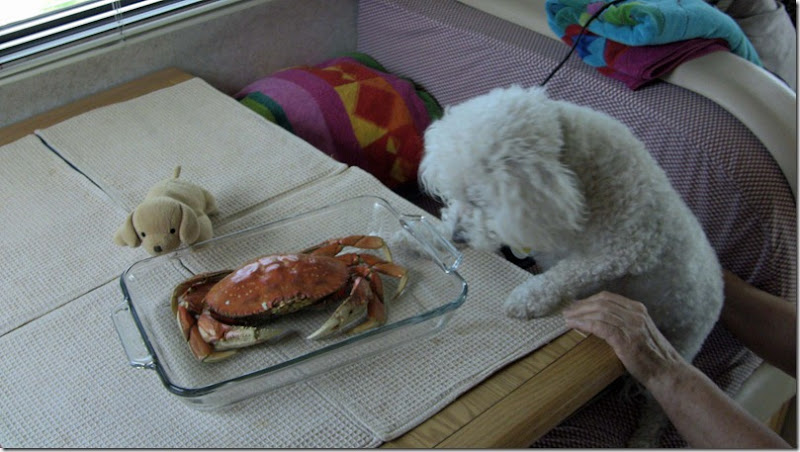Today’s Mileage: 88
Miles to Date: 1906
We left the Pacific Ocean and travel northeast to Hoodsport today. We will stay in this location seven days.
Today’s Route
Hoodsport is located along the Hood Canal, at the intersection of U.S. Route 101 and State Route 119. Lake Cushman is nearby. Hoodsport is the gateway to the Staircase area of Olympic National Park.
The first person to settle at Hoodsport was G.K. Robbins, a ship captain who had been transporting lumber along Hood Canal for years. Other settlers soon joined him, forming a small community. Most occupied themselves with farming or logging. The town was officially platted in 1890 by the Mason County Mine and Development Company, which owned manganese mines near Lake Cushman. Prospectors found evidence of copper in the area and over 400 mining claims were filed during the late 19th and early 20th centuries. Nearly all claims failed to be profitable.
The Hood Canal is long and narrow with an average width of 1.5 miles (2.4 km) and a mean depth of 177 feet (53.8 meters) . It has 212.9 miles (342.6 kilometers) of shoreline. Along its entire length, Hood Canal separates the Kitsap Peninsula from the Olympic Peninsula of Washington.
The U.S. Navy's Naval Base Kitsap, Bangor Annex, is located on the eastern shore of Hood Canal near the town of Bangor. Hood Canal has several internal bays, the largest of which is Dabob Bay. Most of Dabob Bay is a Naval Restricted Area, and is used by the submarines stationed at the Bangor Base. Quilcene Bay is an inlet extending northwest from Dabob Bay.
Hoodsport is renowned among SCUBA divers as a staging area to view the giant Pacific octopus. Local marine preserves such as Octopus Hole and Sund Rock offer divers the chance to see octopus, as well as wolf eels, rock fish, plumose anemones and other marine life.
We passed the Hoodsport Winery on the way to the RV Park. We will of course need to check it out. The huckleberry wine that we purchased earlier turned was very good. It was a sweet wine that served as a good after dinner, desert wine.
We also passed several beaches so Mik will have another beach or two explore.
As you can see our new home is deep in the forest. Even through the sun is shining, we also need to turn the lights on inside the coach as it is fairly dark in the coach.
